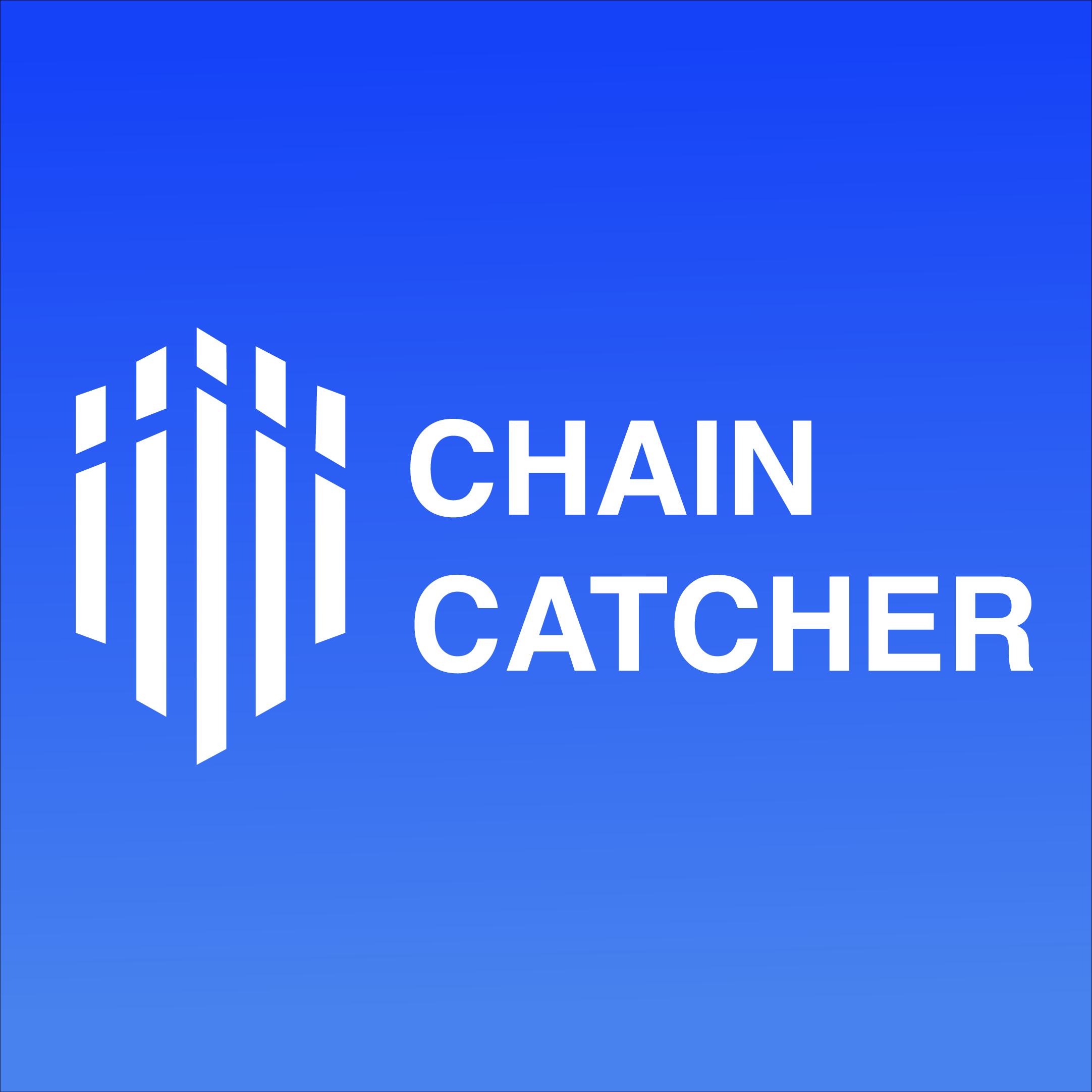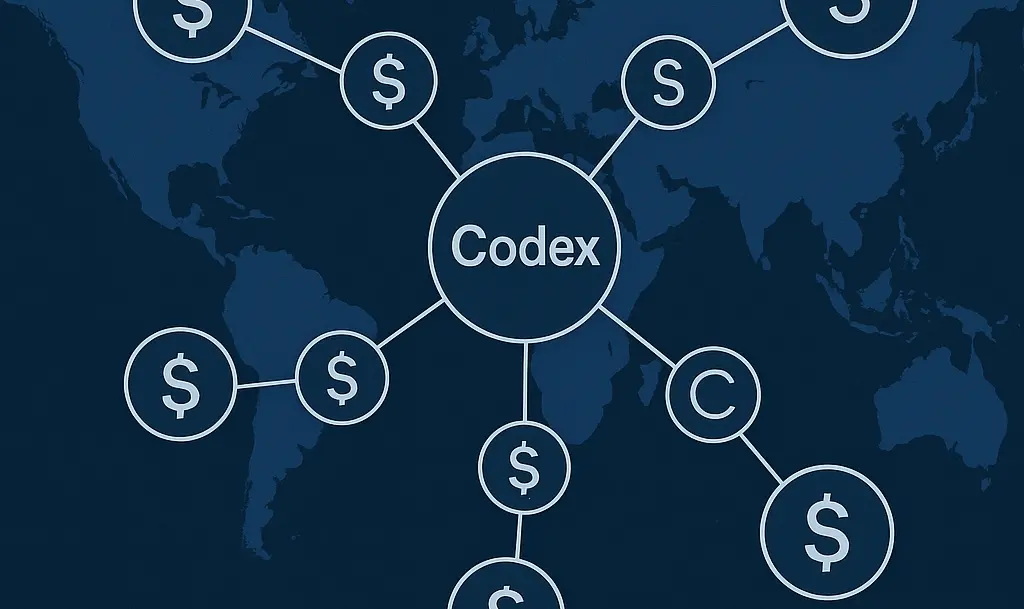Evening News | Deribit hot wallet hacked for 28 million USD; Huobi Global headquarters to relocate to Dominica
整理:润升,链捕手
"What Important Events Happened in the Last 24 Hours"
1. Deribit Hot Wallet Hacked for $28 Million, Customer Funds Unaffected
Cryptocurrency derivatives exchange Deribit announced that its hot wallet was hacked, resulting in a loss of $28 million, but customer funds are safe, and the loss will be covered by the company's reserves.
Deribit stated that it is conducting a security check and must halt withdrawals, including those from third-party custodians Copper Clearloop and Cobo. (Source link)
2. Justin Sun: Huobi Global Headquarters to Move to Dominica
Justin Sun tweeted that Huobi Global's headquarters will move to the Caribbean island nation of Dominica, where it will collaborate with Dominica to develop cryptocurrency infrastructure. One of its main goals is to go to the Caribbean, as the region has a crypto-friendly community, with Dominica being a standout. (Source link)
3. Dr. Xiao Feng: The Cost of Licensing Applications for Virtual Assets in Hong Kong Requires $20 Million and 2 Years
During a Twitter Space discussion organized by SQUARE DAO on Hong Kong's new virtual asset policies, Dr. Xiao Feng from HashKey Group revealed that licensing applications related to virtual assets numbered 1, 4, 7, and 9 require about 2 years and around $20 million. He also pointed out that after the Anti-Money Laundering and Counter-Terrorist Financing Ordinance is passed in March next year, there is hope for simplification regarding virtual asset licenses.
4. SEC Chairman Congratulates Bitcoin White Paper on Its 14th Anniversary
Gary Gensler, Chairman of the U.S. Securities and Exchange Commission, posted on social media to congratulate the 14th anniversary of the Bitcoin white paper, stating: "Congratulations to Satoshi's white paper on its 14th anniversary! It brought innovation and investment in crypto assets. As cryptocurrency enters its 15th year, let’s ensure investors are properly protected." (Source link)
5. Nomura's Subsidiary Laser Digital Invests in Orderly Network at a $200 Million Valuation
According to The Block, Japan's banking giant Nomura's subsidiary Laser Digital announced an investment in the NEAR ecosystem DeFi infrastructure protocol Orderly Network. The specific amount of the investment was not disclosed, but Orderly Network's valuation remains at $200 million, the same as its previous seed round financing.
Earlier reports indicated that Orderly Network announced the completion of a $20 million Series A financing on June 9 of this year, with participation from Three Arrows Capital, Sequoia China, Pantera Capital, Dragonfly Capital, Jump Crypto, Seven X Ventures, IOSG Ventures, Alameda Research, GSR Ventures, and MetaWeb.VC. (Source link)
6. Wemade Completes Approximately $46.57 Million Strategic Financing for WEMIX Gaming Platform, with Participation from Microsoft
According to CoinDesk Korea, Wemade, the operator of the blockchain-based gaming platform WEMIX, announced the completion of strategic financing of 66 billion KRW (approximately $46.57 million) through convertible bonds, with participation from Shinhan Asset Management, KIWOOM Securities, and Microsoft.
Additionally, Korean media reported that in response to the Digital Asset Exchange Association (DAXA) marking the WEMIX token as an investment warning, Wemade CEO Zhang Xian Guo stated that they are communicating with DAXA regarding the rumors of delisting, which are untrue.
Zhang acknowledged that they indeed failed to disclose information to the community in a timely manner and explained that WEMIX provides detailed information to the market quarterly, which causes delays. Furthermore, WEMIX tokens have not yet been allocated to the team, and they are exploring how to utilize the tokens. (CoinDesk Korea)
7. CryptoPunk #5822 Recognized by Guinness World Records as the Most Expensive NFT Collectible to Date
The official Guinness World Records website shows that CryptoPunk #5822 has been recognized as the most expensive NFT collectible to date, purchased for a staggering 8000 ETH, which, based on the peak Ethereum price in February 2022, amounts to approximately $23.7 million. The buyer is Deepak Thapliyal, CEO of blockchain technology startup Chain.
ChainCatcher previously reported that Guinness World Records has included Bitcoin and a series of blockchain events in the "Cryptomania" category of the 2023 Guinness World Records. (Source link)
"What Exciting Articles Are Worth Reading in the Last 24 Hours"
1. “Analysis of the zkEVM Battlefield: zkSync, StarkNet, Scroll, and Challengers”
On October 28, Matter Labs officially released the first phase of zkSync 2.0, Baby Alpha. Although the network will not be open to external participants for testing purposes, the launch of zkSync 2.0 as the first EVM-compatible zk-rollup mainnet is still a milestone moment in the "Long March" of Ethereum's scalability.
In the following article, analyst Grant Griffith explains the significance of zkEVM in layman's terms and compares several projects dedicated to achieving zkEVM, including zkSync 2.0, helping readers easily understand the landscape and latest developments in the zkEVM race.
2. “Can MOOAR, the NFT Marketplace Developed by the STEPN Team, Surpass Magic Eden?”
The NFT marketplace industry is highly competitive, evolving from just a few participants to a thriving sector. MOOAR, an emerging NFT marketplace, is backed by Find Satoshi Lab (FSL), the developer of Stepn. After launching a well-received Web 3 lifestyle app, FSL has driven the move-to-earn industry and subsequently launched DOOAR, which quickly became the largest decentralized exchange (DEX) under Solana. Currently, the FSL team is launching its own NFT marketplace, but how can newcomers like MOOAR establish themselves in a market filled with established competitors?
3. “Frequent Visitor to Web3 Hackathons? A Quick Overview of the Web3 Email Track”
In the past two years, we have seen many projects offering email services under the banner of decentralization, to the point where Web3 email is becoming a regular feature at Web3 hackathons. The frequent emergence of Web3 email projects is not coincidental; if they can successfully integrate the needs of Web2 and Web3, these products could become a key to bridging the gap between web2 and 3, capturing market share from traditional email giants, ushering in a new era of the internet, and becoming one of the leaders of this new era. This article analyzes the necessity of Web3 email from both off-chain and on-chain demand perspectives, as well as the pros and cons of existing products.









